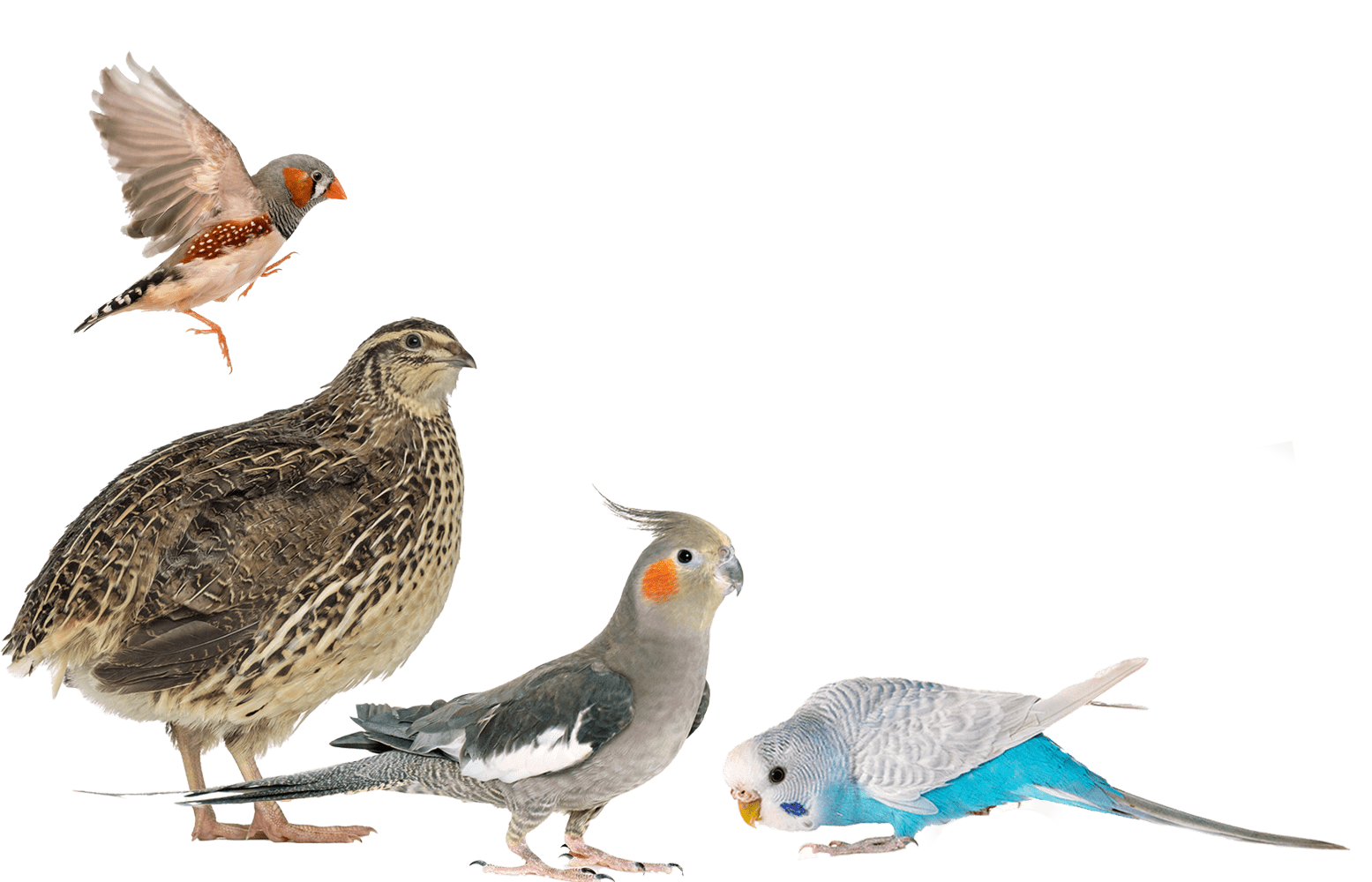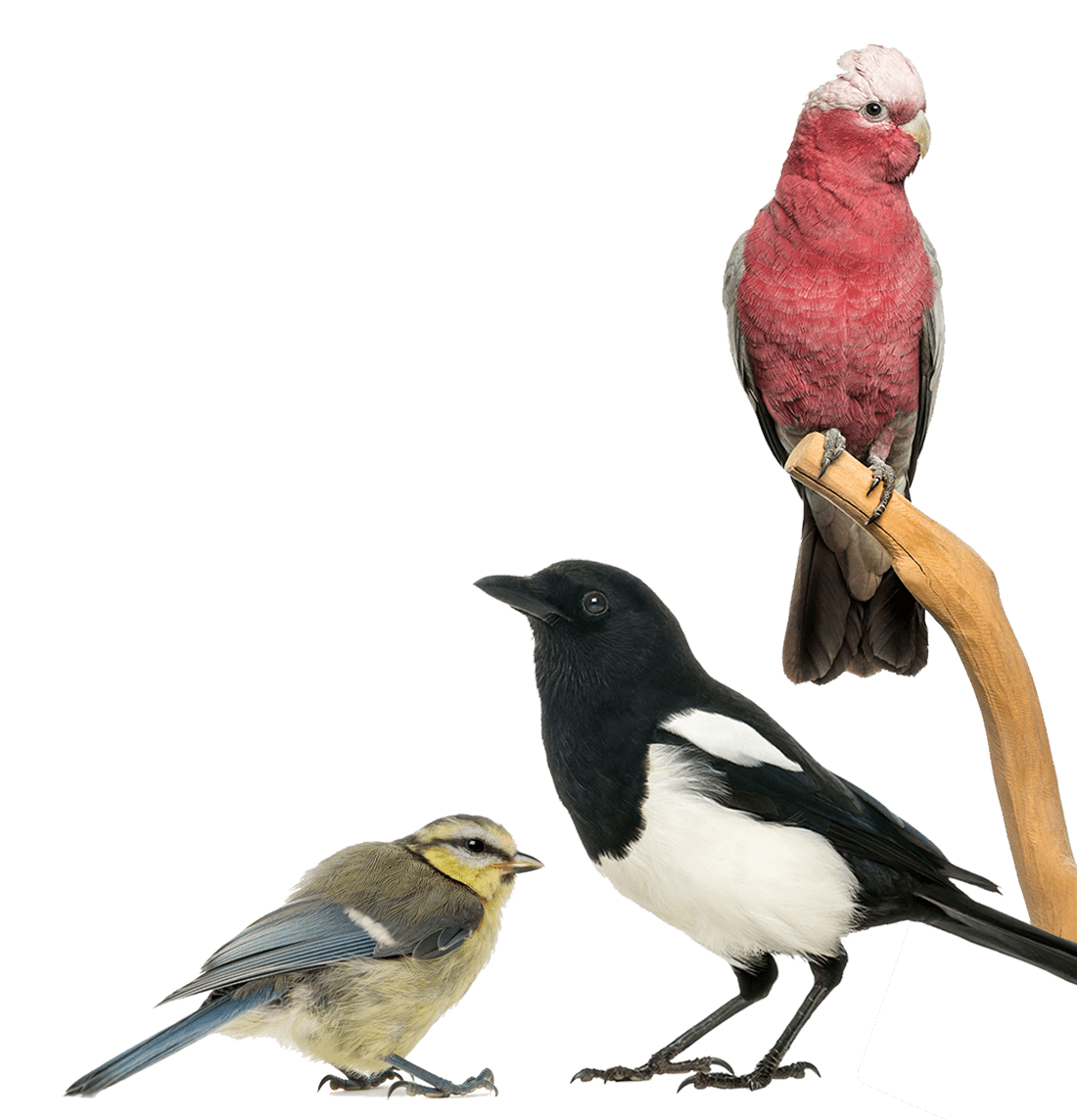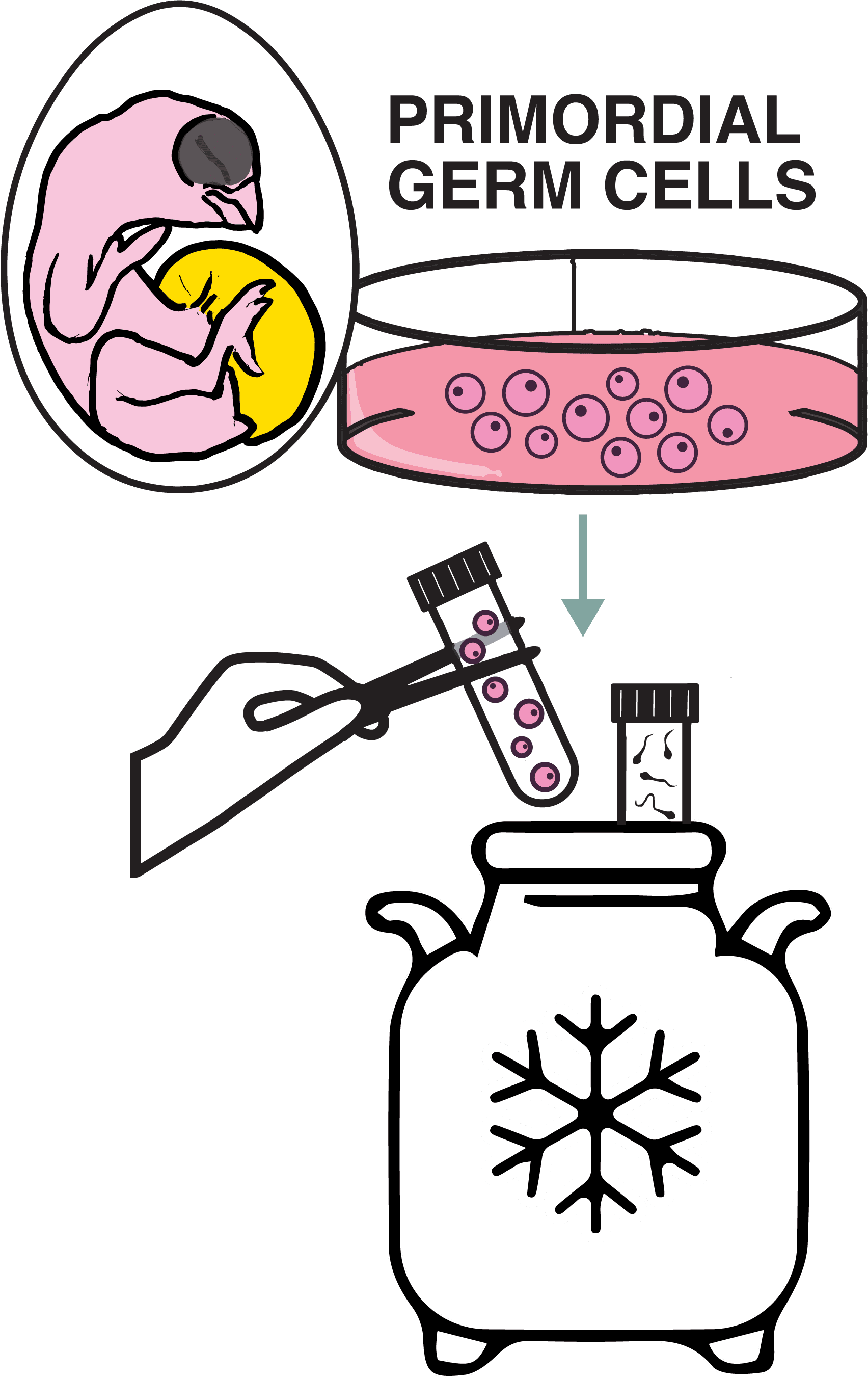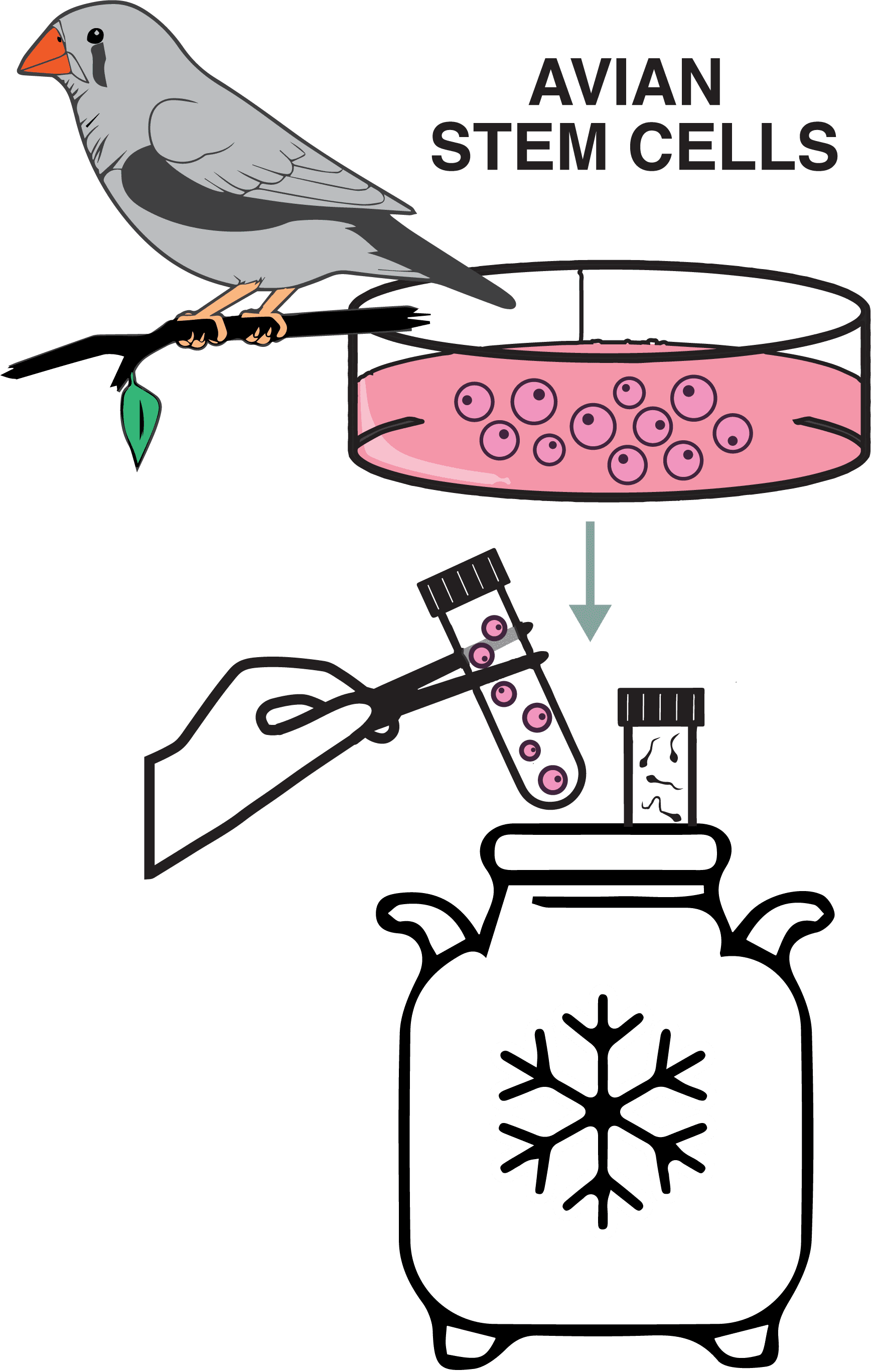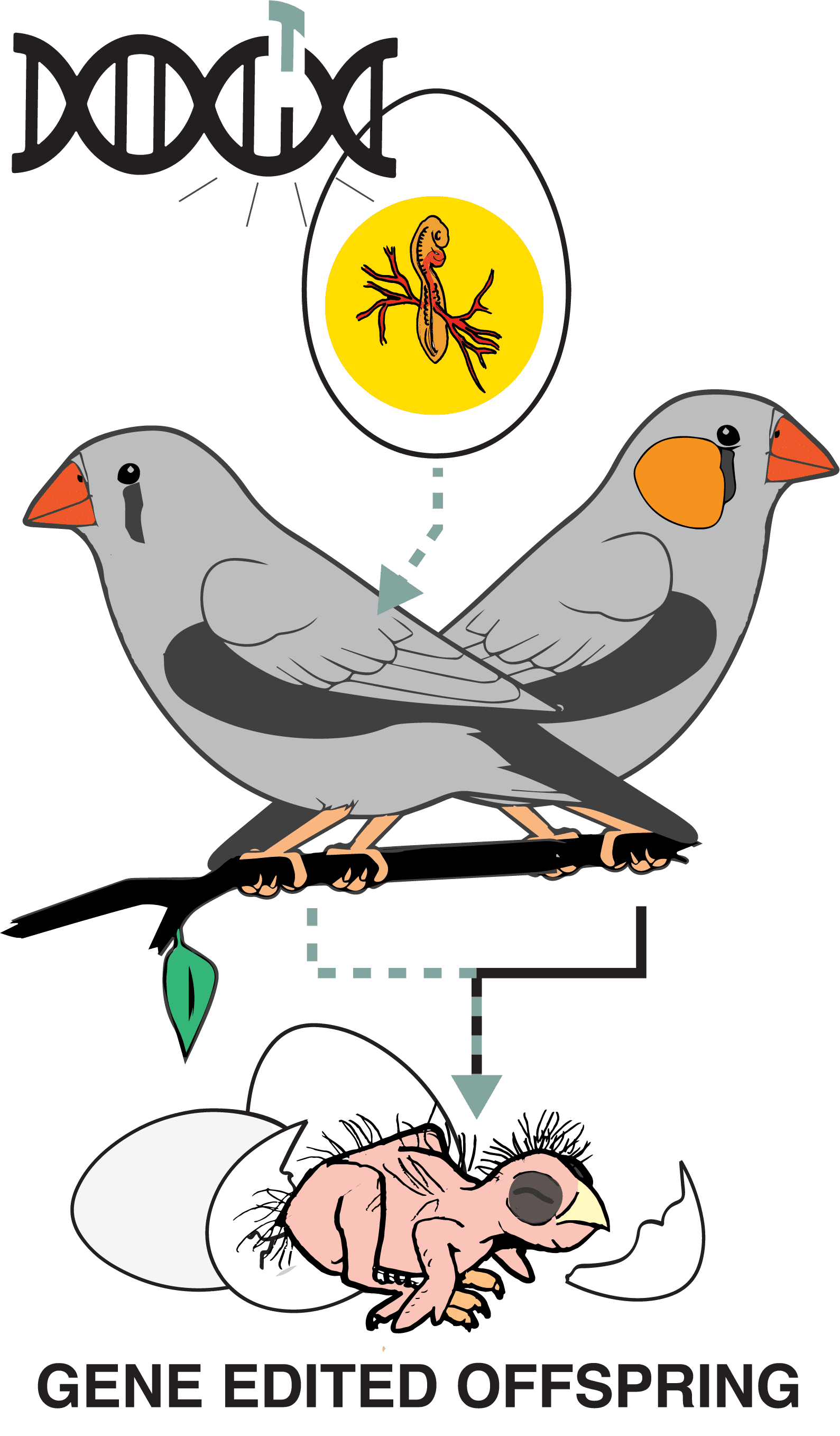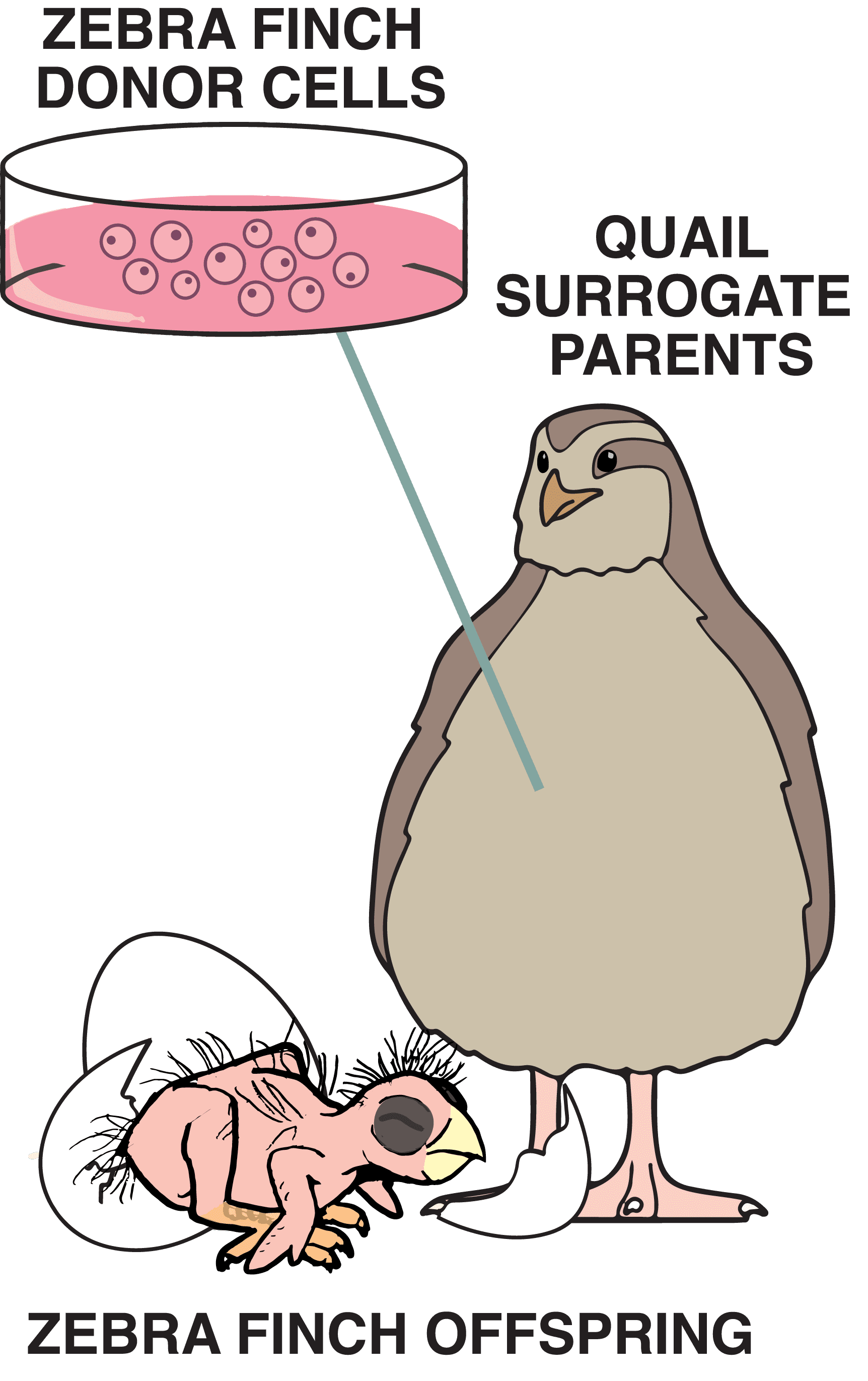Imagine that it’s never too late to save a bird species —
no matter how seemingly irreversible the threat.
Imagine restoring historic genetic diversity to dwindling bird populations, providing immunity to invasive disease, or even adaptive traits to allow birds to overcome climate change. To make this vision a reality, we have assembled the world’s leading scientists to develop a suite of biotechnologies capable of helping birds thrive in a world increasingly shaped by human-driven change.


